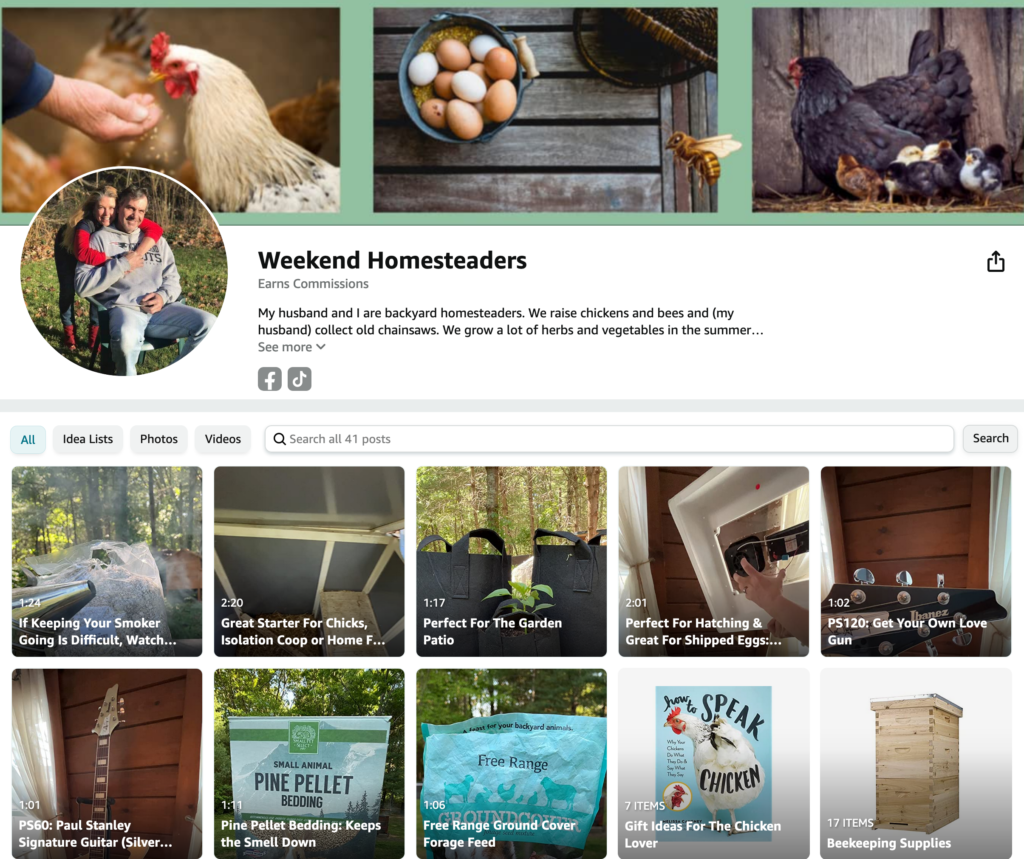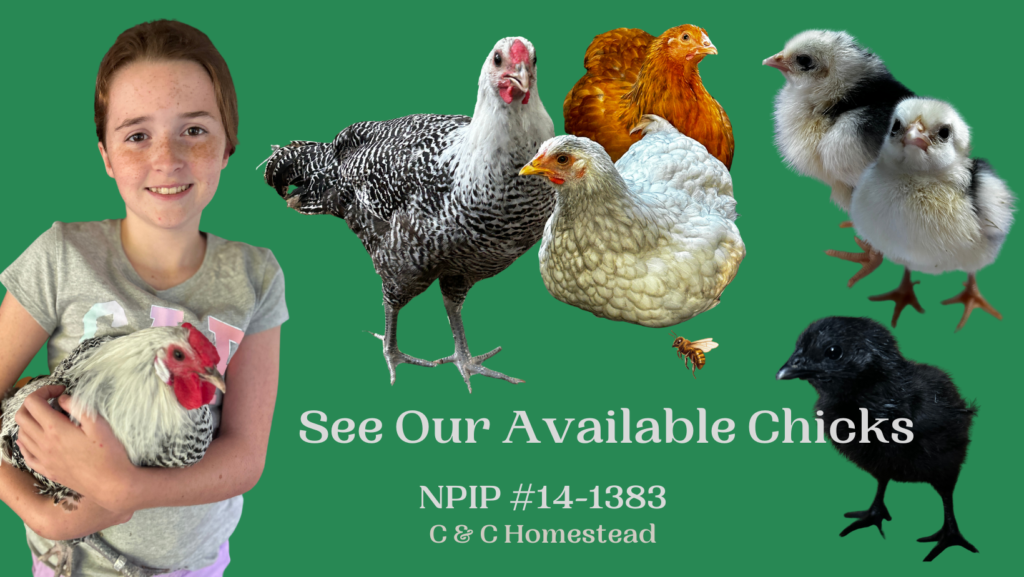Balancing Corporate & Homesteading Lifestyles
The Queen Is Free!

This is my 2nd year keeping bees. Last year, midway through the year, my bees absconded (they all simply left) and I was left with a bare hive. It was VERY disappointing but lessons learned and on a positive note they created a good foundation for this year's bees.
April 17, 2021, we picked up our new bees. We brought our "package" of bees home (and it was cold and cloudy, not an ideal days for GA bees - welcome to MA!). The package is about 3lbs which equals about 10,000 bees. If you are afraid of bees, driving with 10k of bees in your backseat might be a little unnerving.
I installed the bees in their hive and only got stung once. Last year I had the help of a friend and experienced beekeeper, this year I was on my own.
The photo on the right is from pickup day: As you can see, it was not a very nice day but the people were lined up in the cars to get their packages of bees . There are small beekeepers like me getting 1 package, to larger operations picking up multiple packages ... and check out the big truck full of bees. You pull up, they place the package in your vehicle, you park, secure the bees, then off you go. It's that easy.
Inside each package is a Queen. She is in a little cage suspended from the top along with 3-5 attendants who feed and care for her on the journey to the new hive. The Queen is critical to the success of the hive. Since she is a new Queen, this introduction allows her new colony time to recognize her pheromones and accept her as Queen.


The Queen, in her cage, is placed in a new hive. There is a little hole on top of the cage, stuffed with a candy cork. Many times, the bees will eat through the cork and the Queen will be released by the bees. Last year, my bees did it on their own. This year, because of the weather, I checked the Queen after 5 days and she was still in her cage. I removed the cork but the Queen would not come out. Having never done this before, I was not sure what to do. I tried to get the Queen out and back in the hive but NO! She came out on the front and outside of the hive.
I had visions of her simply flying away (NOT GOOD). She was quickly surrounded by her attendants but not moving back inside the hive.
I removed the reducer from the front (its a little wooden bar that blocks length of the entrance except for a small entrance way) and the bees slowly ushered the Queen back in. Whew! Can't lose her now! No stings, Queen is free, I call that a success.


Why time in the cage for the Queen matters:
Did you know that in spring/summer adult bees live an average of 4-6 weeks which is about 28-42 days. You don’t know the ages of the bees that were packaged, but let’s say they average 4-5 days old. Some will be older, some younger, but on average they will be fairly young. Let’s add three days for shipping and make them 7-8 days old when you receive them. Now let’s say you add 7 days holding time for the queen, which means the workers are 14-15 days old before the queen is released.
The released queen may wait a few days before she starts to lay. Let’s say 3 days. Now your workers are 17-18 days old when the first egg is laid. So now add 21 days before the first worker brood starts to emerge. Now your original workers are 38-39 days old. Recall that your spring/summer workers are going to live an average of 28-42 days.
Release the Queen while workers are young:
What is happening is that your original package has almost died off before your new bees start to emerge. Your colony will take a huge dip in population during this period in any case, but the longer you wait to release the queen, the worse it will get.
You want to have enough bees to care for the queen, build comb, prepare the nest, feed the larvae, defend the hive, keep the brood warm, collect water, pollen, nectar, and propolis . . . and perform all the other myriad hive tasks. So, although you want to be reasonably sure the queen will be accepted, you don’t want to run the colony numbers too low. This is why most suggest that you estimate how long the bees have been with their new queen, and then add a few days until it totals about 5-7. In my case, I estimate 3 days in transit and add another 2-3, then I release the queen.



